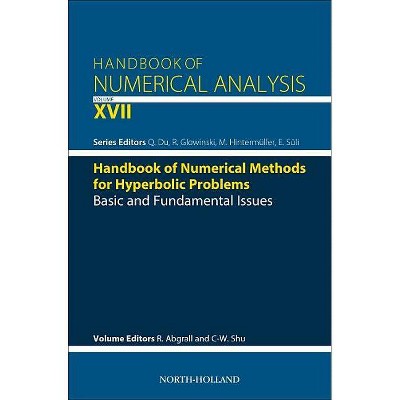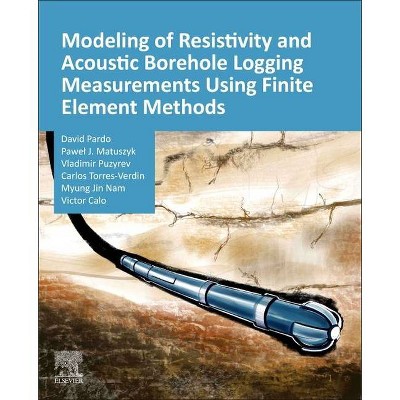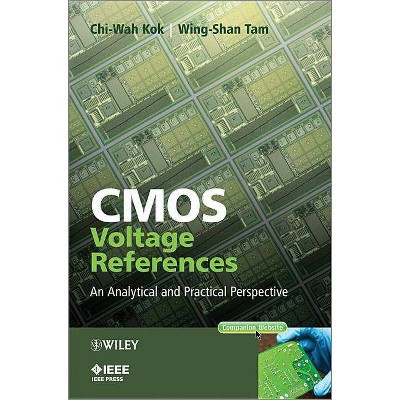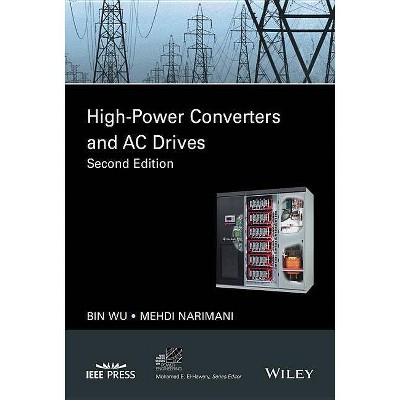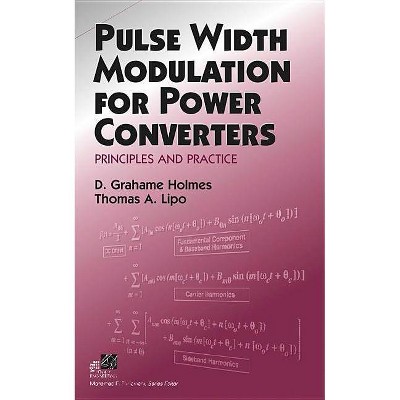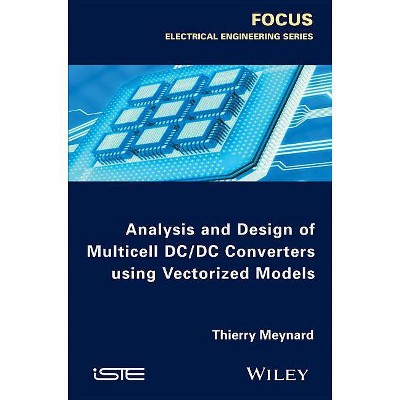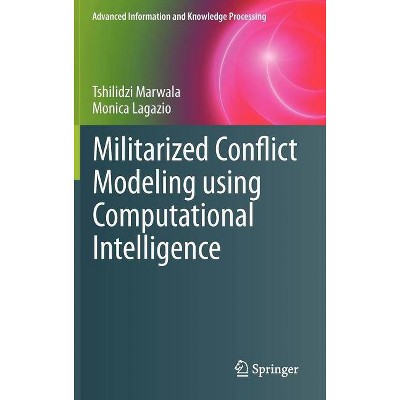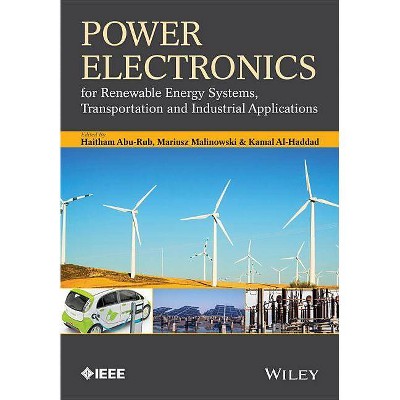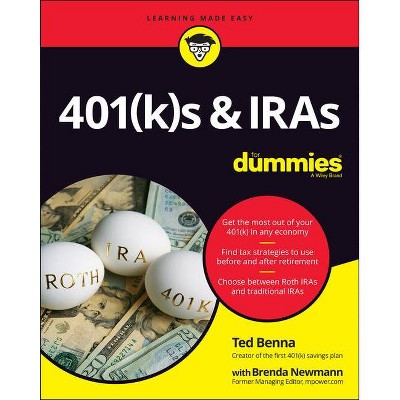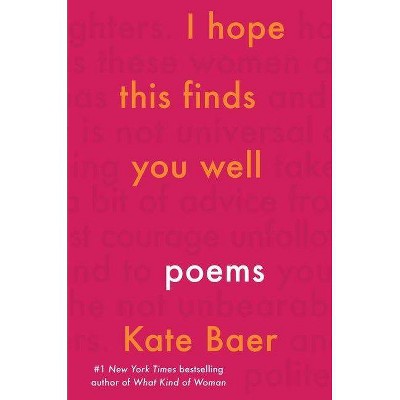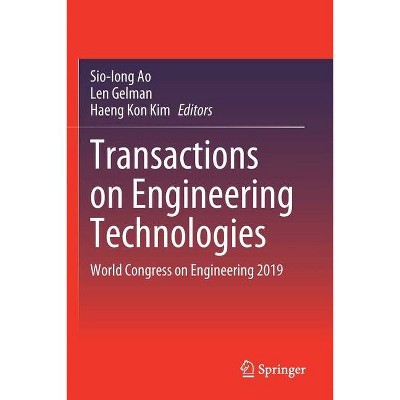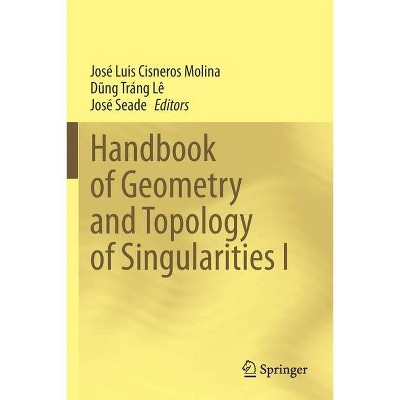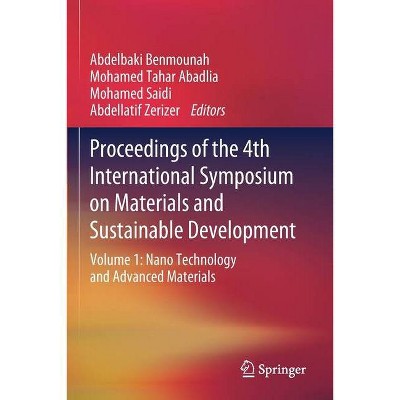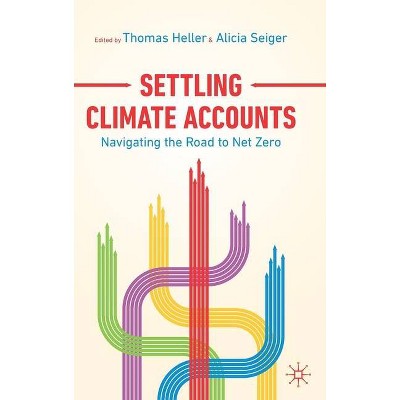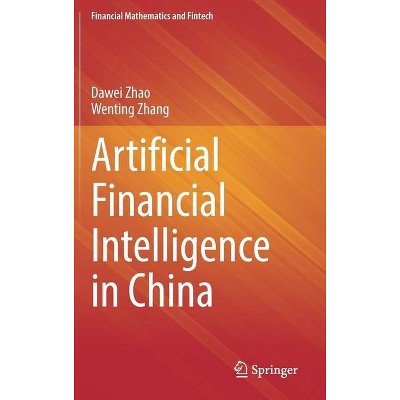Harmonic Modeling of Voltage Source Converters using Simple Numerical Methods - (IEEE Press) by Ryan Kuo-Lung Lian (Hardcover)
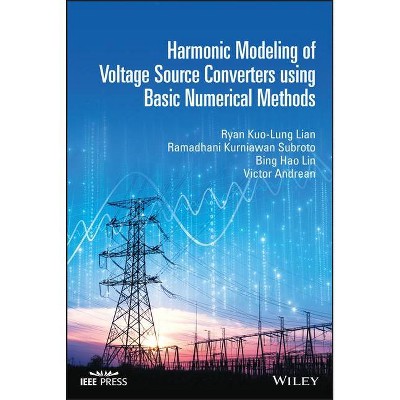
Similar Products
Products of same category from the store
AllProduct info
<p/><br></br><p><b> About the Book </b></p></br></br>"The ac electric power systems are essentially designed to operate with sinusoidal voltages and currents at frequencies of 50 or 60 Hz. However, certain types of power components or loads produce currents and voltages with frequencies that are integer multiples of these frequencies (i.e. the fundamental frequencies). These higher frequencies are a form of electrical pollution known as power system harmonics. Power system harmonics are not a new phenomenon, and it is as old as the distribution of alternating current, which began in 1895-1896 [5]. It is reported that in 1893, Charles Proteus Steinmetz had worked on the problem of motor heating while working at Thomson-Houston [6]. After rigorous calculations and experimental validation, Steinmetz concluded that the problem was due to the resonance in the transmission circuit feeding the plant and a generator with a substantial amount of waveform distortion. Consequently, Steinmetz proposed two solutions to overcome this harmonic problem. The first was to reduce the system frequency to one-half of its original value. That is, to reduce the original frequency value of 125 Hz to a new value of 62.5 Hz. Note that at that time, most of the single-phase generator were operated at 125 Hz, 140 Hz or 1331"--<p/><br></br><p><b> Book Synopsis </b></p></br></br><p><b>One of the first books to bridge the gap between frequency domain and time-domain methods of steady-state modelling of power electronic converters</b> <p><i>Harmonic Modeling of Voltage Source Converters Using Simple Numerical Methods</i> presents detailed coverage of steady-state modelling of power electronic devices (PEDs). This authoritative resource describes both large-signal and small-signal modelling of power converters how some of simple and commonly used numerical methods can be applied for harmonic analysis and modeling of power converter system. The book covers a variety of power converters including DC-DC converters, diode bridge rectifiers (AC-DC), and voltage source converters (DC-AC). <p>The authors provide in-depth guidance on modelling and simulating the entire power converter systems. Detailed chapters contain relevant theory, practical examples, clear illustrations, sample MATLAB codes, and validation enabling readers to build their own harmonic models for various PEDs and integrate them with existing power flow programs such as OpenDss. This book: <li>Presents comprehensive large-signal and small-signal harmonic model of voltage source converter with various topologies. <li>Describes how to use accurate steady-state models of PEDs to predict how device harmonics will interact with the rest of the power system <li>Explains the definitions of harmonics, power quality indices, and steady-state analysis of power systems <li>Covers generalized steady-state modelling techniques, and accelerated methods for closed-loop converters <li>Shows how the presented models can be combined with neural networks for power system parameter estimations. <p><i>Harmonic Modelling of Power Converters Using Time Domain Methods</i> is an indispensable reference and guide for researchers and graduate students involved in power quality and harmonic analysis, power engineers working in the field of harmonic power flow, developers of power simulation software, and academics and power industry professionals wanting to learn about harmonic modelling on power converters.<p/><br></br><p><b> About the Author </b></p></br></br><p><b>Ryan Kuo Lung Lian, Professor, Department of Electrical Engineering, National Taiwan University of Science and Technology, Taipei, Taiwan.</b> He has been working in power system modelling for more than 10 years. His research interests are in power quality analysis, energy management systems, renewable energy systems, real time simulation, and power electronic control systems. Dr. Lian received the B.A.Sc. (Hons.), M.A.Sc., and Ph.D. degrees in electrical engineering from the University of Toronto, Toronto, ON, Canada, and he is a Senior member of the Institute of Electrical and Electronics Engineers (IEEE). <p><b>Ramadhani Kurniawan Subroto, Lecturer, Department of Electrical Engineering, Brawijaya University.</b> His research interest includes control design of DC/DC converter, adaptive control, power electronics modeling, harmonics modeling, and sliding mode control. <p><b>Bing Hao Lin, Associate Researcher, Green Energy and Environment Research Laboratories, Industrial Technology Research Institute, Hsinchu, Taiwan.</b> He received his B.Sc. and M.Sc. degree in Electrical Engineering from the National Taiwan University of Science and Technology in 2018 and 2020, respectively.
Price History
Price Archive shows prices from various stores, lets you see history and find the cheapest. There is no actual sale on the website. For all support, inquiry and suggestion messagescommunication@pricearchive.us
